Hunting refers to the act of killing wild animals or game species as a sport, for fun, or, most of the time, for food. This could be an act of livelihood for the people living around forests or nearby places.
Hunting needs smart moves to let the game end with a successful shot.
To hunt in the wild woods, you need to know how to chase your target because a second move is an option that usually the hunters couldn’t have.
“You know, if you need 100 rounds to kill a deer, maybe hunting is not your sport.”
Elayne Booster
What Is Still Hunting?
Including many, still hunting is a clever move to reach your target. It is an act of chasing your target, moving as slowly as none. It is stalking or a noiseless movement toward your target.
Besides still hunting, there are several moves that hunters adopt while hunting depending on climate, location, technique, and laws of hunting. Here we go with other hunting methods that a huntsman uses to hit right to the game or the type of terrain.
The list is on its go:
Stalking
Generally, stalking is a term for generalizing spying on somebody. Still, when you associate it with hunting, it makes sense to move quietly and carefully to approach the game without being detected.
Driving
Drive Hunt aims to make your game move from their hiding places.
Drive hunt involves a hunter’s group who understand the different positions spread across the area and execute the plan to take their target out of the cover. Drive hunt works well when the group works in a great organization and is familiar with the terrain.
Stand Hunting
To stand hunting, you need a tree or stand to stand still and wait for your prey to come to you to be hunted. Stand hunting requires less physical effort. Pay close attention; as the game comes closer, it’s your time to win.
Calling
Yes, you guessed right, hunting calls refer to imitating animal noises. For this, hunters must know how to mimic the sound; otherwise, this winning feature would cause you to lose your target. Moreover, it is essential to see the call that attracts specific animals.
Baiting
Baiting hunt harvests the targeted game species by luring them with food ( artificial or organic). Hunter keeps the food that the game admires once the target is trapped. Just attack.
What Kinds of Game Species Are Still Hunting for?
Still hunting and stalk hunting are similar because both are the slowest techniques to navigate the terrain towards their game. This is a suitable method for the number of game species, but it is more challenging than you perceive it.
Here are some of the big game species to target through still hunting, such as white-tailed deer, elk, sheep, bear, and feral hogs. Turkey hunting is also a popular game species for still hunting.
Bird hunters precisely like this move along with various calls to bring the birds within gun range, and head-to-toe camouflage that help hunters stay undetected before the shot.
What Do Hunters Do In Still Hunting?
Still hunting is a process in which hunters move slowly and gradually by an animal’s habitat. Hunters stop frequently to observe around for the game.
If you want to adopt this method, you need to walk silently through woods, fields, and marshes and move carefully. You need to be very alert before stepping to avoid leaves crunching sounds or snapping twigs.
Hunters have to deal with the noise around them. The hunter usually avoids this, especially in dangerous hunts, as it requires high skill and attention. Hunters must pay attention to wind, sunlight, and weather conditions.
Additionally, they need binoculars in open terrain to identify and observe movement properly. Still hunting is a slow, deliberate hunt for animals on the ground, requiring considerable preparation.
What Gear Do Hunters Need?
While still hunting, hunters require specific gear to ensure they move quietly and undetected stalking. Some needful gears are:
- Quiet hunting boots with excellent ankle support and waterproof linings to move through various terrains.
- Clothing to blend in with the environment, such as camouflage hunting jackets, pants, vests, and socks.
- Scent controlproducts.Deers have a strong sense of smell, so the scent control products can cover hunters’ presence. Try to tuck your pants into boots to reduce scent. Also, rubber hunting boots are less smell than boots that are made with other materials.
- binoculars are essential for the movement to identify and observe games in open terrain.
- firearms, such as rifles, to minimize noise and disturbance to the surrounding environment.
- See through ground blinds or portable trees are a comfortable place to sit or rest while hunting.
Still Hunting Strategies And Tips
A hunter needs focus, patience, and worthy knowledge of the animal behavior that he is to target.
📢Some effective strategies and skills:
- Slow and conscious movement is the key element of still hunting. One should know how to move with two or three steps and to be undetected by your game.
- Maintain focus is required to spot your game at any moment; for this, a hunter must be aware of all.
- Optics is essential to keep your eyes working all the time on the hunt.
- Compete with the Animal is played on a who-spots-who-first mindset.
- Environmental Advantage is all paying attention to the wind direction, sunlight, and weather conditions. These points can still give hunters an advantage in being detected.
- Patience and persistence are systematic processes that take time but reward you with the best.
- High-quality optics can significantly improve your ability to spot a game from a distance.
- Choose appropriate clothing that suits all types of weather and can blend with the environment to be comfortable in the war zone.
By using these strategies and skills, a hunter can create the chance to have a successful hunting journey. Still hunting requires a unique ability that everyone can not possess, but those who polish and get training can achieve what they want.
📢After learning some of the strategies, now let’s check out some effective tips:
- A light rain or snow is perfect for still hunting. The precipitation helps hide your sound, scent, and motion; deer activity often seems to increase in this kind of weather. Windy days are good, too; the swaying branches and howling gusts also disguise your presence, but deer won’t move as much. Look for them in hollows and on the lee sides of hills.
- Follow deer tracks you come across in the snow during a still hunt, even if they are old. The idea is not to target that particular buck but to let the trail take you to areas where deer travel and feed. I’ve discovered some of my most productive hunting spots by letting deer lead me to them.
- Look for water. Creek bottoms are great places to hunt still. Deer often follow the watercourses and the trails you find parallel to the creek make ideal routes. The water can hide your sound and cover, and food attracts deer.
- Let yourself get lost. Successful still-hunting takes all your attention—analyzing everything you see and stalking with extreme care. You can’t do it if you’re constantly worried about your location. Set your GPS and then lose yourself in the hunt.
- Maintaining a razor-sharp focus may be the most critical skill in still-hunting. Get distracted and sloppy for a few steps, and you can undo two hours of careful work. Take a stand if your mind wanders and you find yourself going too quickly. Eat a sandwich. In 20 minutes, you’ll be ready to start again.
- Don’t avoid dense vegetation. “That’s too thick to still-hunt” is often heard in deer camp. But if it holds deer, why not give it a shot? You probably just need a different approach. Focus on a small cover, just a few acres, and work it over. Spend a lot of time looking, squatting to see under the brush, even crawling. Go very, very slowly.
- Before you step into the woods, take the sling off your rifle and stick it in your pack. You’ll want it when you drag the buck off the mountain, but if you use it before, you won’t bring anything home. Shots are quick in still-hunting; keeping the rifle over your shoulder is the best way to miss.
- Stop next to the cover. It’s one of still hunting’s golden rules. Having a tree next to you when you’re not moving helps hide you from deer and gives you a rest in case you need to shoot offhand.
Common Mistakes to Avoid For Still Hunting
Still hunting is a high-degree skill that needs full attention. There is a need to avoid some common mistakes.
- Moving too quickly can alert the game to your presence, which could also be dangerous.
- lack of attention can lead the hunter into trouble. They must be cautious of the wind direction and avoid moving as fast to be detected in the game.
- Binoculars are essential for observing a game in open terrain. If a hunter doesn’t use them, this could be a harmful decision for him.
- Avoid bulky or noisy clothing that can deter your ability to move silently.
- Be impatient; avoid rushing the process; otherwise, you will have an unsuccessful hunting experience.
By avoiding these common mistakes, a hunter can make a difference and add more stories to his book.
The key to still-hunting success is smell management and motion control. Although dry leaves might give you fits, noise isn’t a significant concern. However, many forest animals rattle the leaves. Squirrels, turkeys, armadillos, and pigs… You blend in by moving in fits and starts as they do.
Such minimal movement is a natural element of remaining relatively still when hunting. It’s an appropriate, even hip, description. The hunter is on the move, looking for his prey, although he is mostly still.
Conclusion
Still-hunting isn’t for everyone but for anyone who enjoys stalking, discovering new coverts and thickets, new bedding sites and feeding spots, new rubs and scrapes, and more and more giant deer. You stay active, warm, alert, and stimulated and become a better woodsman.
Track the game precisely by analyzing tracks, observing animal behavior, listening keenly, utilizing binoculars, scouting meticulously, and incorporating decoys and calls. Take charge of scent management through odour-neutralising clothing, impeccable personal hygiene, scent-free detergent for your hunting garments, airtight storage, cover fragrances, a scent-conscious diet, and applying scent-eliminating sprays.
Avoid common pitfalls such as hasty movements, neglecting wind direction, and overlooking the importance of binoculars. Seize the opportunity to refine your hunting skills and enhance your chances of a triumphant hunt. Your journey to a successful search begins with deliberate moves, focused attention, and a commitment to mastering still hunting. Start your adventure today!


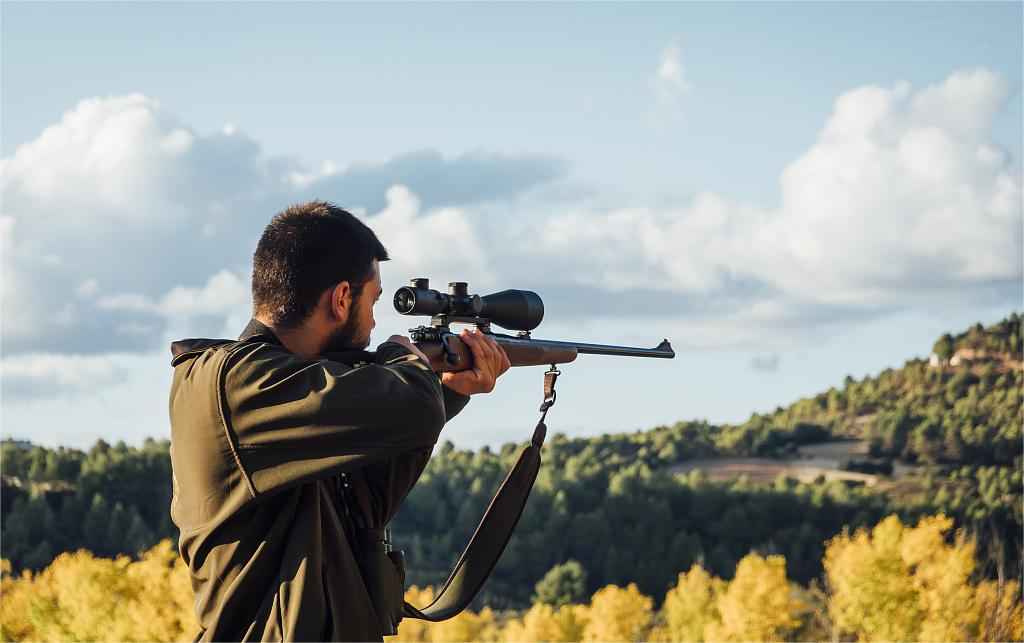




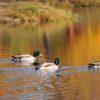
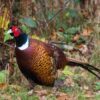
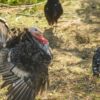
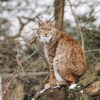

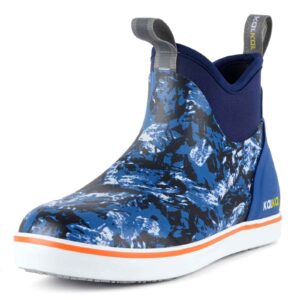
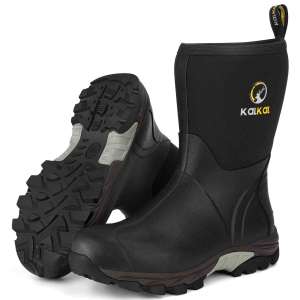






Leave a reply